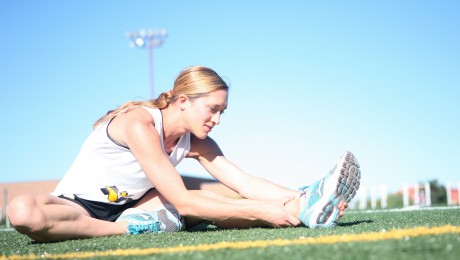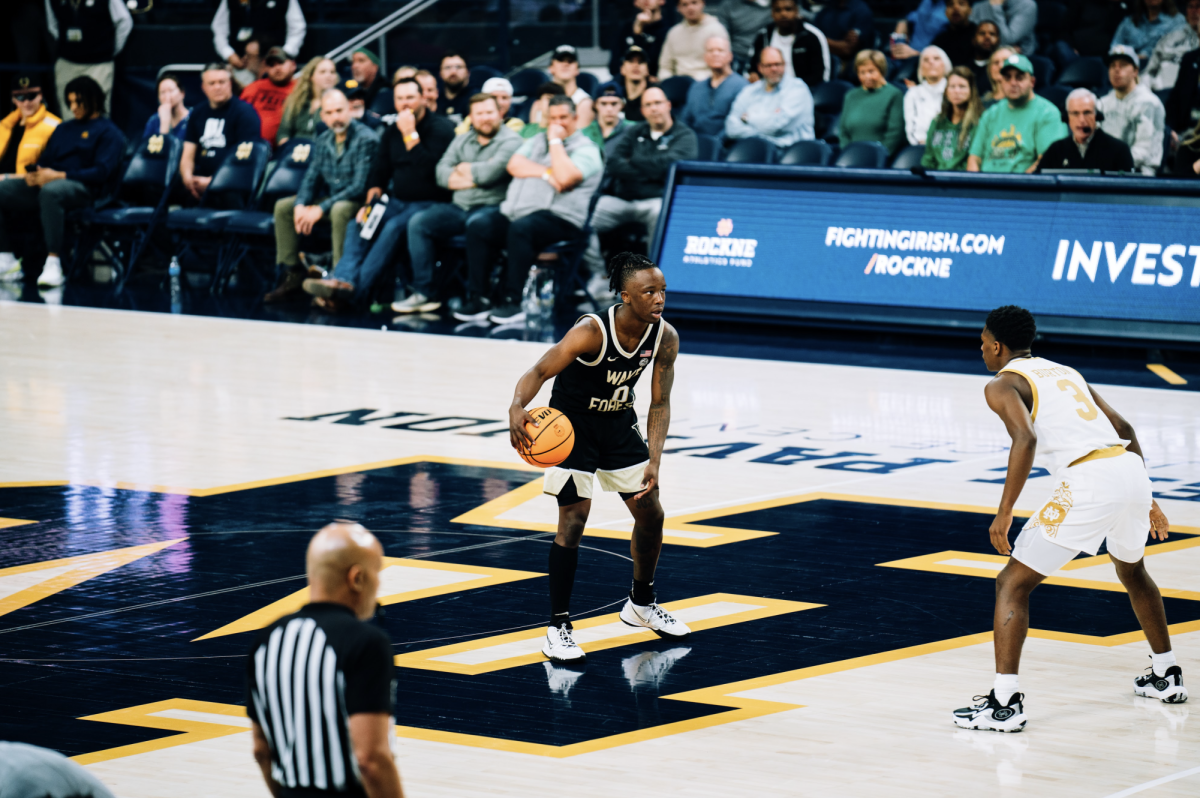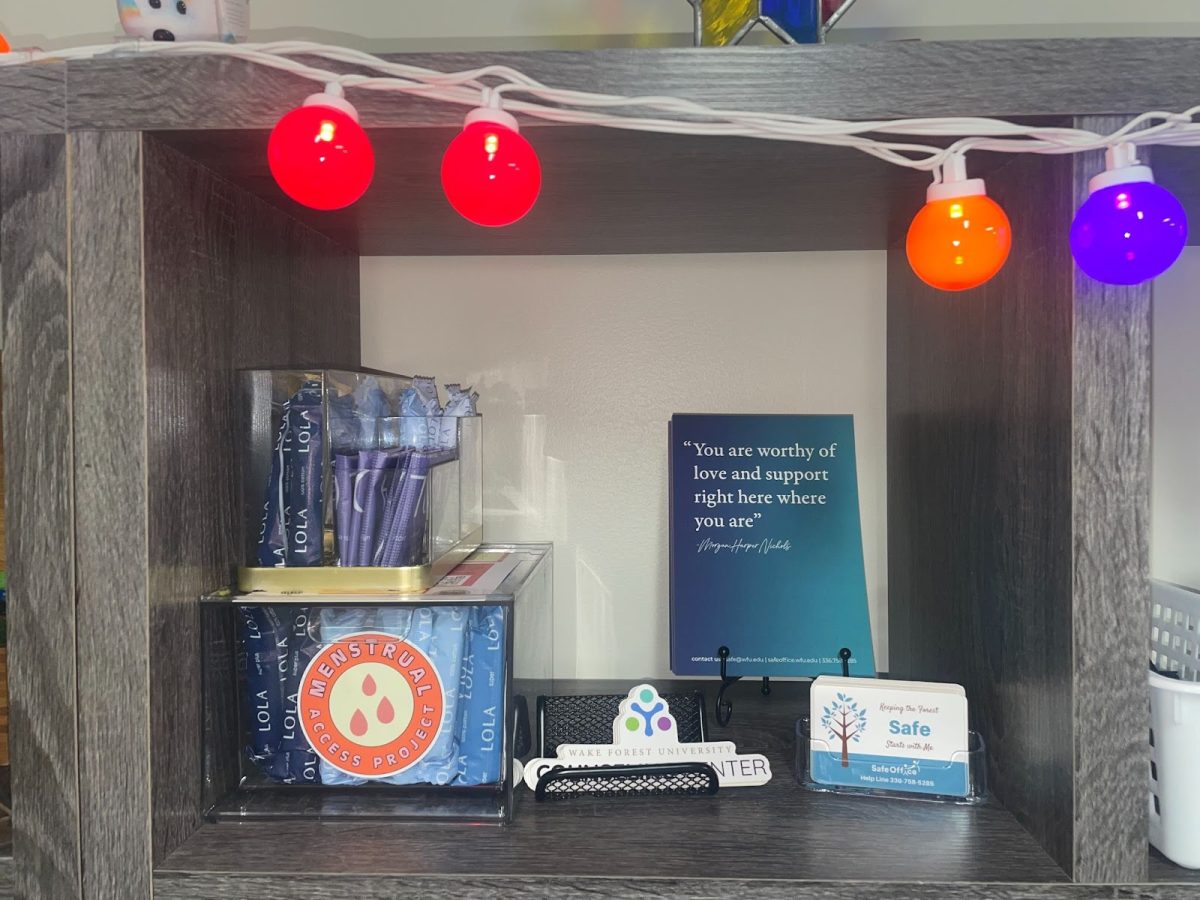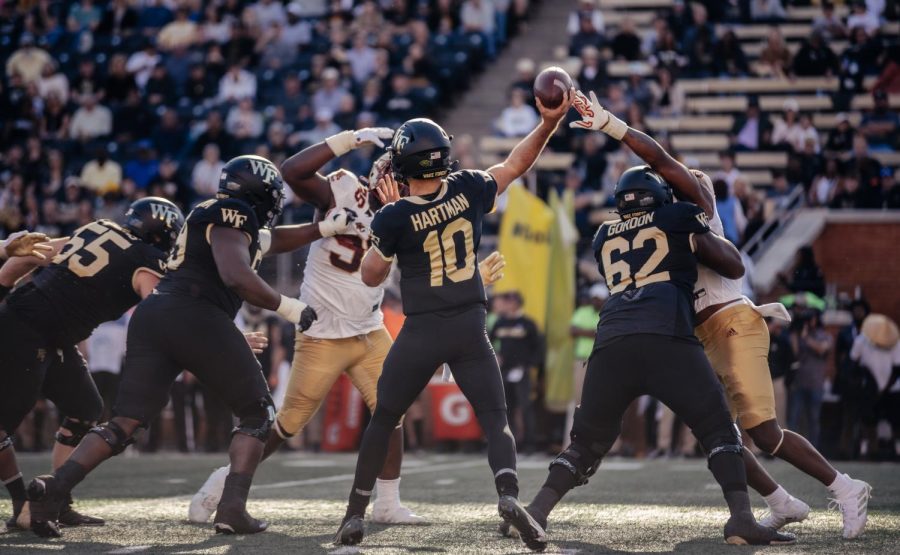Lead researchers at Wake Forest are embarking on a new clinical trial, which will include student participants, to examine the effects of strength training in preventing overuse injuries for female runners.
The Department of Defense funded the $1.6 million project, called STARS (Strength Training and Running Study), in the hopes that more women in the military would be able to complete basic training without getting injured.
Research from the U.S. Military Academy shows that female soldiers suffer small overuse injuries at more than twice the rate than their male counterparts do.
“There needs to be a public health benefit for any study, and this definitely qualifies,” said Joseph Seay, a biomechanist for the Military Performance Division of the US Army and co-investigator for the trial. “Whether they’re going into the military or not, women run and women are getting injured, which makes this research important.”
This study is coming at a critical time. Last month, the defense department announced that all combat roles will now be open to women in the military for the first time. This decision means that women will now be eligible for about 220,000 new jobs.
While the STARS trial was created partly because of these new military jobs, researchers in the health and exercise department at Wake Forest also wanted to find out generally why so many women were getting injured while running.
Steve Messier, a professor in the HES department and lead investigator for STARS, started to notice an alarming trend through some of his previous research.
After recently completing another study on overuse injuries, called TRAILS (The Runners and Injury Longitudinal Study), Messier found that women were suffering from overuse injuries at a much higher rate than men.
“Women naturally have less muscle mass, so they’re weaker than their male counterparts,” Messier said. “This seemed like the logical first step to examine whether increase in strength, or things like balance exercises, would make a difference in lessening injuries.”
Increasing strength training exercises for women isn’t the only variable this trial plans to test. Messier and his team believe there could be self-efficacy problems among women that contribute to more frequent injuries as well.
Shannon Mihalko, an associate professor in the HES department and co-investigator for STARS, says this trial is, in many ways, psychological.
“In our previous study TRAILS, those who got injured had lower self-efficacy,” Mihalko said. “We’re looking at levels of self-confidence, and how that relates to [the runners’] ability to resume to normal training.”
In order to test the effects of strength training and raising confidence in reducing injury, this trial will include 150 participants, ages 16 to 80, and last 18 months. The women Messier and his team recruit must typically run at least five miles a week and not have been injured within the last six months.
The participants will be split into two groups: one of which will receive a strength training program (involving mostly lower body exercises) along with running, while the other group will merely maintain a normal running routine.
The strength training group will meet three times a week for nine months, and runners in both groups will be monitored for potential injuries for the total 18 months.Though participants aren’t paid, the researchers think there are other benefits to being a part of the trial.
“The runners will receive a lot of social support and a buddy system, and be a part of comprehensive strength training program,” Mihalko said. “We can create things like t-shirts for the group, too. We want it to be fun.”
The researchers are hopeful about the study, especially because of the strong community of runners that already exists at Wake Forest: a community full of students who might be interested in participating.
Most importantly, the researchers hope they can help lessen the amount of injuries that women, both civilian and in the military, have to endure.
“If we can figure out this paradigm with overuse injuries in a civilian runners group, we can insert that back into the military equation,” Seay said. “We’re trying to do research that’s timely, has a public health impact and helps women in the army.”








